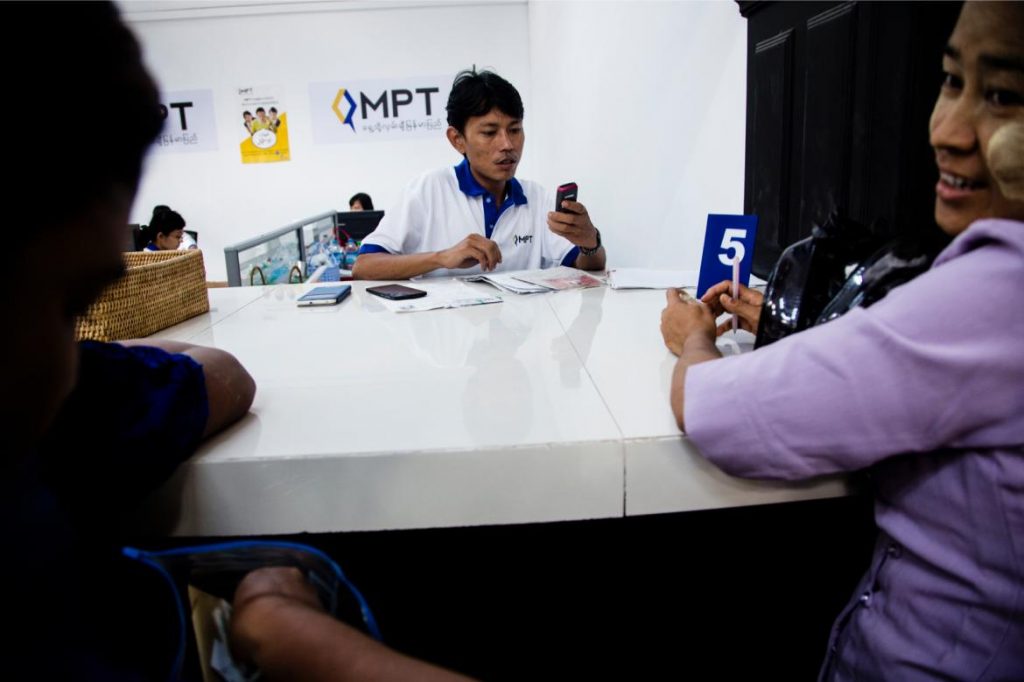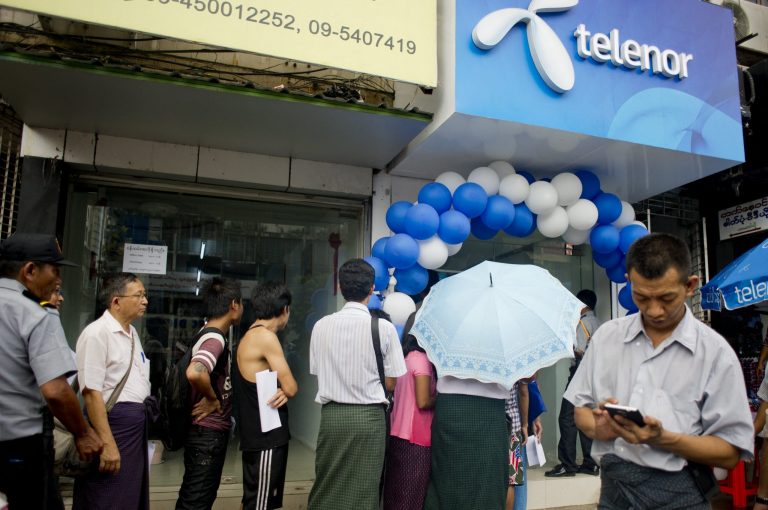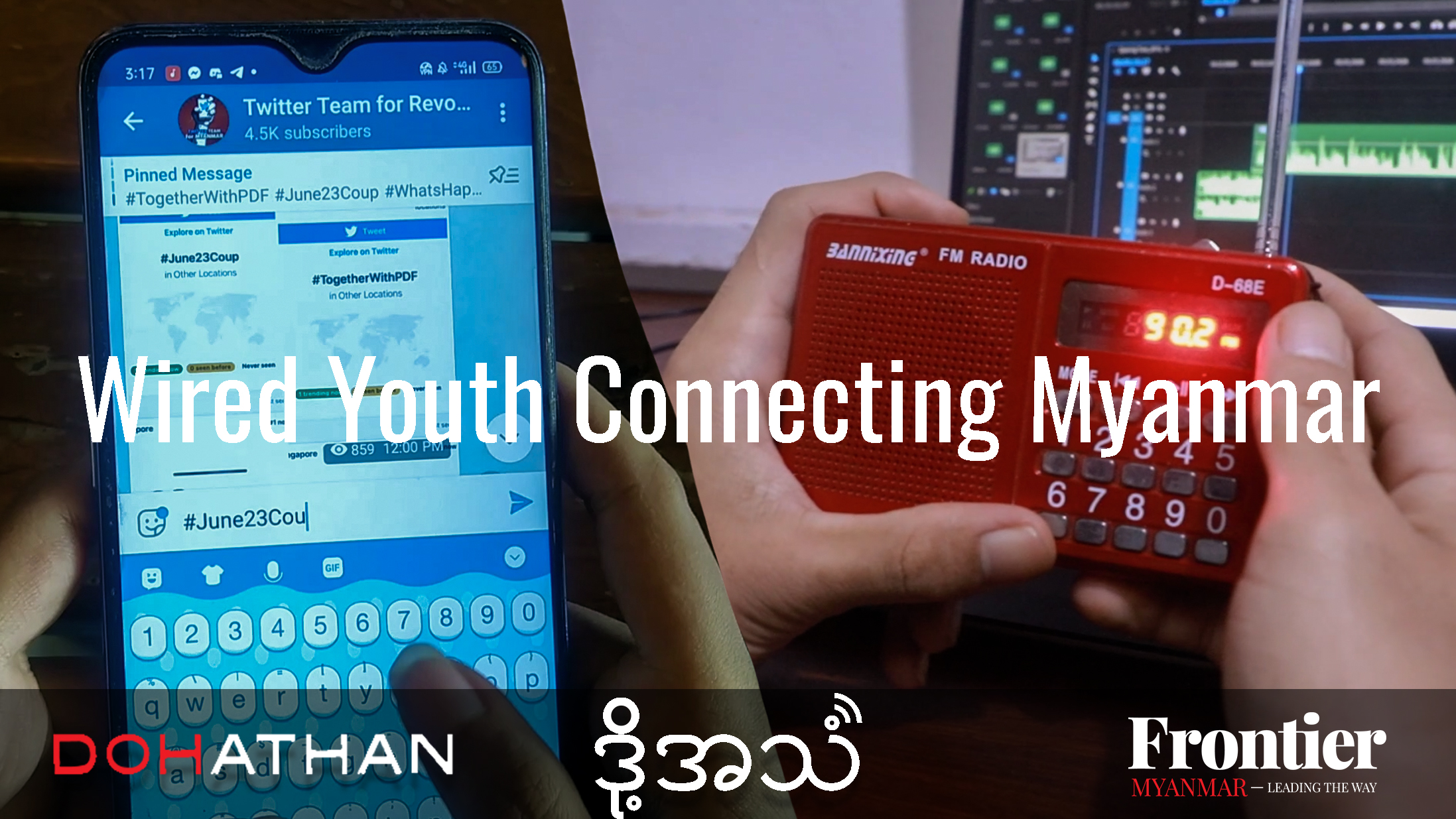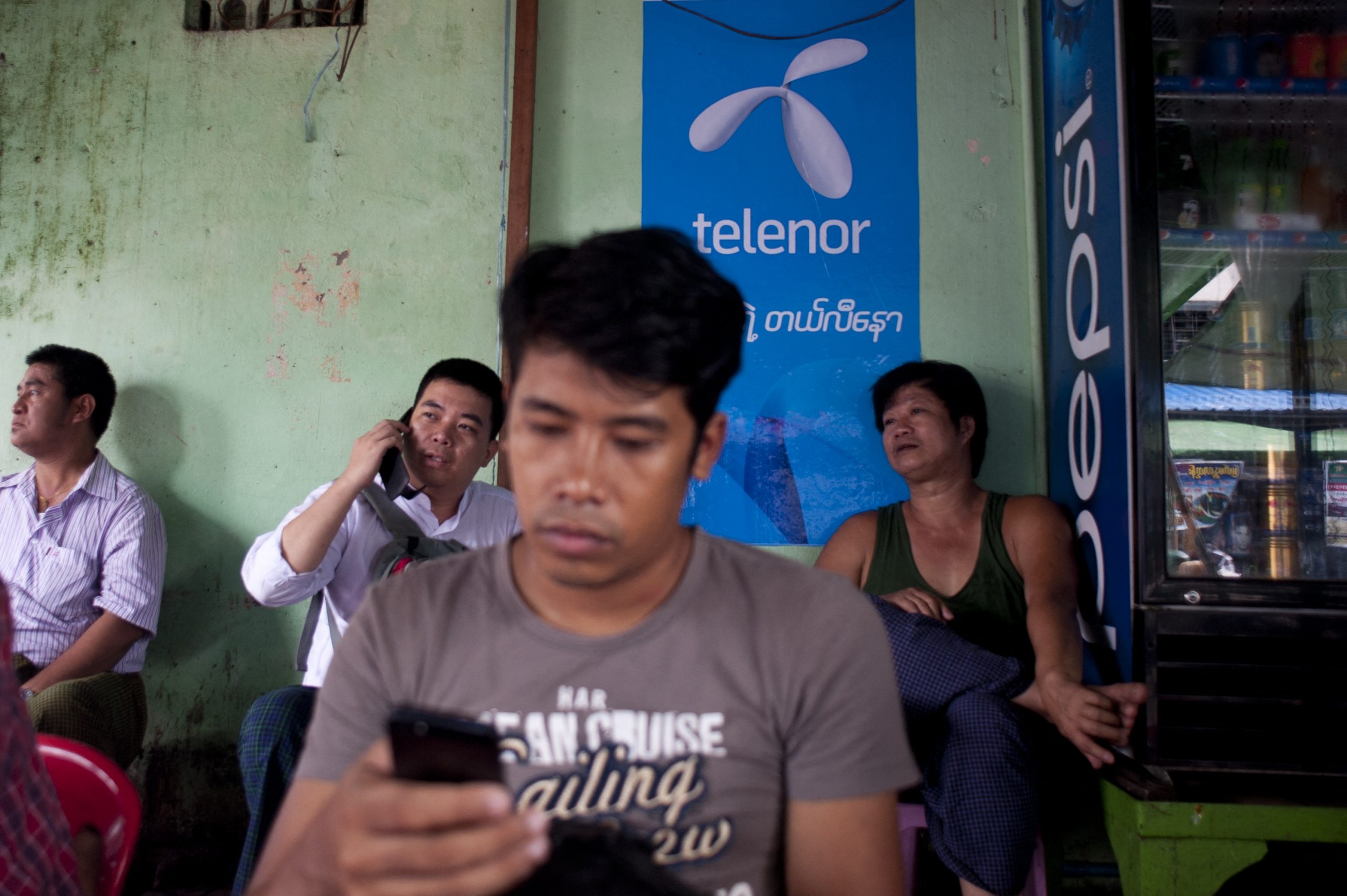In a growing market that’s hungry to try new tech products it’s essential that they are easy to access and make a strong first impression.
By RITA NGUYEN | FRONTIER
Myanmar is one of the most exciting tech stories in decades. This is the first time in history that a telecommunications infrastructure has been built data first. A couple of years ago the government said it wanted to achieve mobile penetration of about 80 percent in three years. Most people laughed and yet, less than two years after the foreign telcos launched their services, mobile penetration sits well above 50 percent.
There are two other countries that have been able to grow from below 15 percent to over 80 percent in three years: Vietnam and Russia. Given the speed of adoption in Myanmar, there’s no reason to think that it can’t also achieve this target.
Everyone knows that Myanmar’s mobile penetration has seen exponential growth but merely giving people a cheap SIM card does not actually connect them to anything. The other piece to “connecting” Myanmar is through the content. Without the right incentives to bring people online, the infrastructure is meaningless.
So what exactly is happening in the tech scene here?
Support more independent journalism like this. Sign up to be a Frontier member.
The past few years have seen an explosion of localised apps and online services but with almost no exception, they are targeted at smartphone users, which is growing but still only a total addressable market of fewer than 10 million people. And let’s not forget their limited purchasing power. The Myanmar tech startups are also competing with industry giants, which have all localised their service offerings for the market. In some cases, those giants are spending enormous amounts of money to buy market share.
The chat wars are easy to spot: Beeline, WeChat and LINE, all billion dollar “unicorns” battling it out with each other while a few local players attempt to play with the big boys. Even Viber is losing ground now that it is not the only chat app that offers voice calling and allows for account authentication. It’s easy to be number one when everyone else is effectively blocked – something that happened in Vietnam a few years ago. Once the government stopped blocking Facebook, home-grown Zing took a major nose dive in market share.
Myanmar has no consumer-friendly banking, no common e-payments system, no credit ratings, not even reliable postal, utilities or logistics networks – digital or otherwise. Most of the people online do not know the difference between the internet and Facebook, and have been signed up to Facebook by the person who sold them their phone. They have never opened a browser, don’t have email addresses and have a friends’ list that is full of strangers.
On the plus side, we are also dealing with a consumer audience which is not yet inundated with huge amounts of content and with a thirst for trying new things and open to marketing messages.
So how do you build technology for a group of people who want it but are not really ready for it? In a market where access and knowledge are limited and people are hesitant to try things they don’t understand?
Winning this comes down to two simple things.
1: Remove the barriers to entry
In a country where the technical barriers to entry are high, ensuring that your customers can access your product is key. This can mean different things depending on your product and target market but in Myanmar, it usually comes down to a creative mix of online and offline initiatives.
At Jzoo we install tablets at our merchant locations and allow for our consumers to access through a printed card. This allows anyone to join, regardless of whether they have a smartphone or not. Additionally, our partners do not need to have any technical infrastructure or knowledge to integrate online marketing initiatives.
2: Own the first five minutes
This is a mantra of the gaming world but should really be for anyone who is building product. Since you only get one chance to make a good first impression, make sure that it counts here, too. Think of the last time you tried something new and how discouraging it was to not understand it or even worse, when it didn’t work. By ensuring that the first impression of the product is flawless, you will lower your abandon rate and likely raise your referral one.
Be creative about how to accomplish this, but make sure your customers understand what is going on and are enjoying themselves. Features such as a lazy login (so users can experience the product before forcing a sign in), and tutorials, go a long way in helping to own the first five minutes and keeping your customers engaged.







